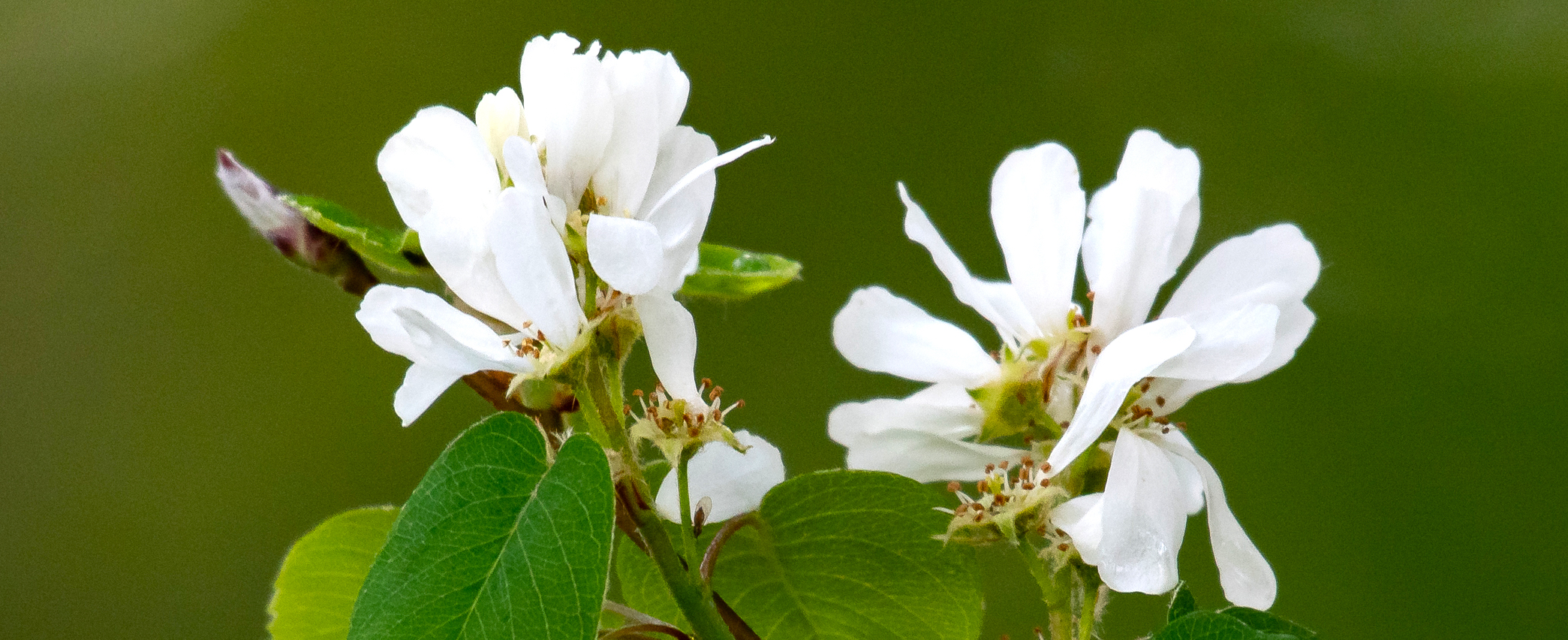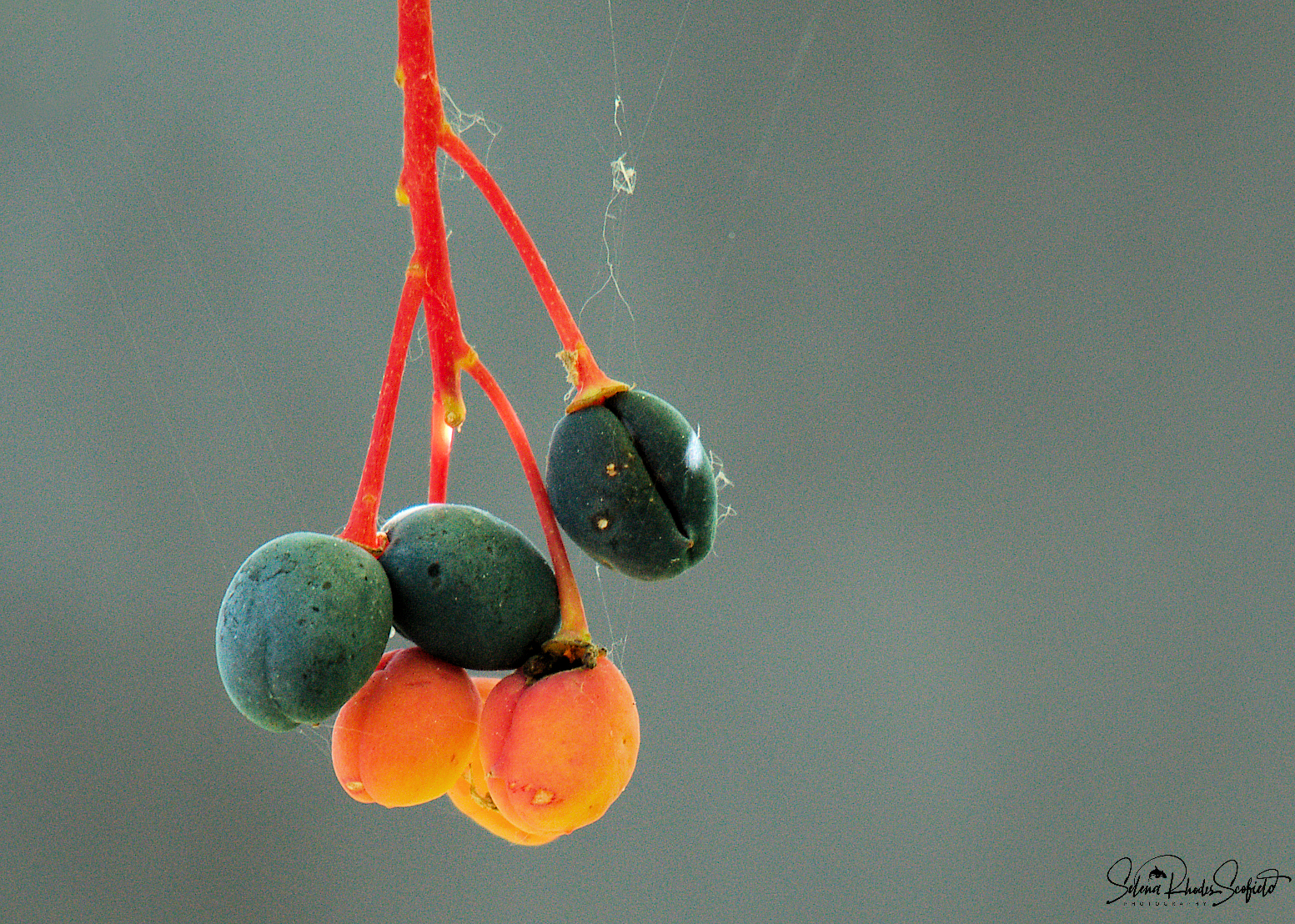
Clients will often ask about the best plants for sun-drenched areas, as Victoria’s dry summers frequently prove a challenge without solid irrigation. Of course, it’s native shrubs that tend to be the best adapted to our environment if you don’t want to put too much effort into your garden. Here are some of our favourite sun-loving Victoria native shrubs, as recommended by Crew Lead and Principal Landscape Designer, Selena Rhodes.
Victoria BC has that classic “summer-dry, winter-wet” rhythm. We have mild, cool, rainy winters and long, sunny summer days that seem to go forever. This means early plantings need to be watered through the drier months, or else they’re likely not last. Others, with wet feet through the fall, might quietly drown, having not been planted in the right soil.
Cultivating more native plants in your garden is one way to keep the landscape looking great, while minimising watering and fuss. The native species of the BC coast have evolved with our Garry oak meadows, rocky bluffs, and coastal winds, and have learned to withstand the dry summers.
Not only that, but native species need less input across the board: they are adapted to local soils and pests, so have a natural resilience and need less work from landscaping crews like Clean Air Yard Care overall.
Natives also feed local pollinators, birds, and beneficial insects. You’re not just planting a garden—you’re stitching habitat back into landscape with native textures that mesh beautifully with the rock, driftwood, and coastal elements that characterize the North American West Coast. So these plants are not only low maintenance and water smart, but they are also helping to boost biodiversity and support other native species.

June Plumb
With a handful of well-chosen natives and a fall planting date, you can build a Victoria garden that handles our dry summers with grace, and still looks polished through the year.
Next week, we’re going to focus on herbaceous perennials, bulbs and groundcovers, so stay tuned!
Our Favourite Sun-Loving Native Shrubs of Vancouver Island
1. Flowering Currant (Ribes sanguineum)
One of spring’s earliest bloomers, flowering currant bursts with rosy-pink blossoms in March and April. Native to Vancouver Island, it thrives in full sun, where its flowers are most abundant. Hummingbirds and pollinators flock to it, while its drought tolerance makes it a resilient choice for summer-dry gardens.
2. Serviceberry (Amelanchier)
Serviceberry is a multi-season star. Its white spring blossoms give way to edible berries in summer, beloved by birds and gardeners alike. By autumn, its leaves glow red and orange, adding a final show of color. Serviceberry fruits and flowers best in full sun, and its deep roots make it well-suited to drier soils.
3. Ocean Spray (Holodiscus discolor)
Also called “creambush,” ocean spray is a familiar sight on sunny slopes and open woodlands. In summer, it sends out fountains of creamy-white flowers that age to gold. It’s not only ornamental but also ecologically valuable, feeding pollinators and providing cover for wildlife. Deeply drought-tolerant once established, ocean spray thrives in full sun and is steeped in cultural history with Coast Salish peoples.
4. Hairy Manzanita (Arctostaphylos columbiana)
Hairy manzanita is one of the most striking native shrubs, with smooth red bark, evergreen foliage, and urn-shaped white to pink flowers. Perfectly suited to rocky, sun-drenched sites, it’s a natural choice for exposed coastal gardens. Its berries feed wildlife, while its sculptural form adds year-round interest to garden landscapes.
5. June Plum (Oemleria cerasiformis)
Known also as osoberry, June plum is one of the earliest shrubs to leaf out in spring. Its dangling white flowers appear soon after, attracting pollinators at a critical time. Small plum-like fruits follow, relished by birds and mammals. While June plum can handle partial shade, it flowers and fruits best in full sun.
By planting flowering currant, serviceberry, ocean spray, hairy manzanita, and June plum, gardeners on Vancouver Island can create sun-filled landscapes that are beautiful, drought-tolerant, and ecologically rich. These shrubs not only stand up to the island’s dry summers but also support native wildlife, ensuring your garden is both thriving and deeply connected to the place you call home.
Planting tips for success
Before you plant, take a quick look around. First, look for areas of sun and shade. Many more water-smart natives need full sun (6+ hours). In terms of soil, if the site is rocky or sandy, pick species that evolved in thin, fast-draining soils. On deeper clay, if looking to position more drought-tolerant varieties, plant in raised areas to avoid winter sogginess. In terms of wind and exposure, remember that south- and west-facing exposures dry quickly; choose tougher, lower-growing plants for the most exposed areas.
- Plant in fall. Victoria’s best planting window is October–December, when rains return. Roots establish all winter with zero effort from you.
- Water to establish. Even drought-tolerant natives need consistent moisture their first dry season. Think deep, infrequent soak, then let the soil dry a bit between.
- Mulch smart. A 5–8 cm layer of leaf mold, fine bark, or wood chips keeps roots cool and moisture in. Keep mulch a few centimetres away from stems.
- Group by water needs. Put your thirstier plants together and keep the driest ones on the hot edges or in boulevard strips.
- Skip the rich fertilizer. Too much nitrogen can make natives floppy and short-lived. Compost once a year is plenty.
Designing with natives (without it looking “wild”)
- Repeat plants for cohesion. Use 3–5 of the same plant in drifts rather than one of everything, and group with plants that have similar water needs.
- Layer heights. Groundcovers (kinnikinnick) up front; mid shrubs (Oregon-grape, currant) behind; tuck perennials (yarrow, woolly sunflower) between.
- Lean into texture. Pair silvery foliage with dark evergreens, add a few basalt or driftwood accents, and let seed heads stand for winter structure and bird food.
- Blend with well-behaved non-natives. Mediterranean herbs (thyme, rosemary, lavender) share similar water needs and look right at home beside natives.
Where to find plants
It can be a bit of a challenge finding natives in Victoria if you don’t know where to look, as nurseries tend to follow consumer demand towards the plant kingdom’s most charismatic species. The best spot in Victoria we have found is at the Swan Lake Native Plant Sale. This is, however, an annual even held in May, so requires some planning!
When we’re not searching out native species specifically, here at Clean Air Yard Care we deal with a handful of good commercial-only and public-facing nurseries, including Novus, Island View, C&C and Gardenworks.
Happy Gardening Everyone!


